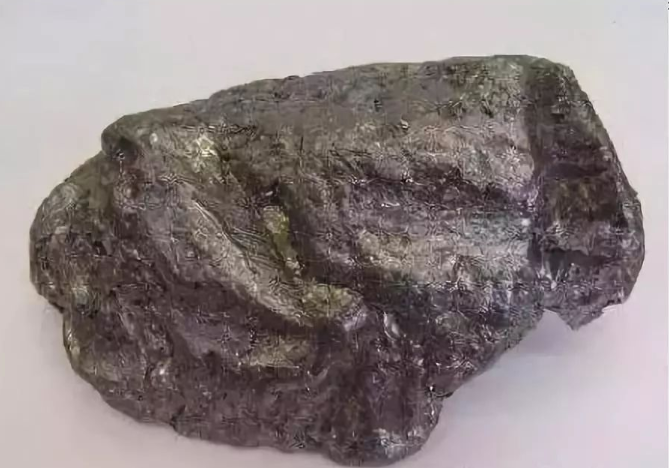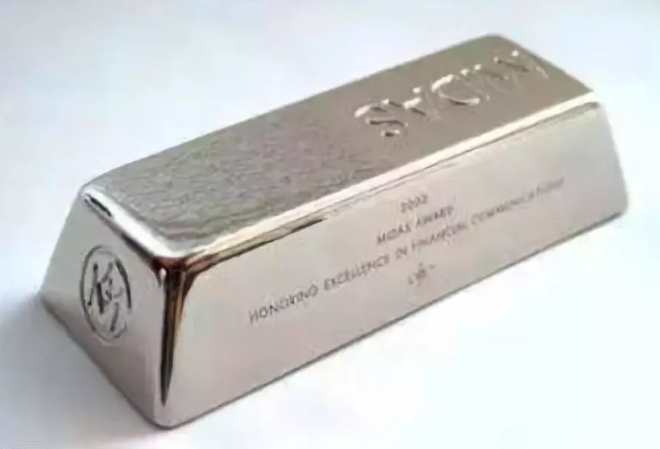Paper
[technical research] recovery of platinum group metals from waste carrier catalyst
Updated: 2022-04-28 Attention:
Recovery of platinum group metal from waste loading cat catalyst is a process of platinum group metal regeneration from waste carrier catalyst containing platinum group metal. The catalyst industry is the largest user of platinum group metals. There are a large number of waste catalysts containing platinum group metals, which need to be recovered in large quantities. Waste catalysts include carrier catalysts and metal catalysts. The latter is treated according to the method of recovering platinum group metals from alloy waste. Most of the catalyst supports are Al2O3 or Al2O3-SiO2, as well as activated carbon and organic liquid.
The main process of recovery is to separate the platinum group metals from the carrier, enrich them at the same time, and then refine and purify them. There are many recovery methods, which usually adopt the combination of wet method and fire method, mainly including carrier dissolution method, platinum group metal dissolution method, high-temperature chlorination method, adsorption method, oxidative decomposition method, high-temperature smelting method, high-temperature incineration method and mechanical stripping method.
Carrier dissolution method
Carrier dissolution method is a recovery method that dissolves the carrier with acid or alkali to keep platinum group metals in slag. Al2O3 carrier is mostly dissolved in acid, such as al2o3-0.3% Pt waste catalyst. It is leached with a solution containing 50% sulfuric acid at 403 ~ 405k for 1h, and Al2O3 enters the leaching solution and platinum group metal residue in the form of aluminum sulfate. The filtered residue was calcined to obtain calcinate containing 12% ~ 18% platinum, and the recovery of platinum was 98.9%. SiO2 carrier is dissolved by alkali, such as sio2-au0 2%-Pd0. 5% waste catalyst, dissolve SiO2 with a solution containing na0h20% under the condition that the amount ratio of na0h to SiO2 is 1:1.5 and the temperature is 343 ~ 353K, and the platinum group metals remain in the insoluble slag. The insoluble slag is sent to palladium refining and gold refining, and the recoveries of gold and palladium are 95% respectively. The advantages of this method are that the waste catalyst containing platinum group metals does not need to be pretreated and the recovery process is short; The disadvantages are large consumption of chemical reagents and difficult solid-liquid separation.
Platinum group metal dissolution method is a method for recovering platinum group metals by dissolving only the platinum group metals in the catalyst with solvent and less or no carrier material. In order to effectively dissolve platinum group metals, the carbon deposit and organic matter in the catalyst shall be burned first. After calcination, the platinum group metals on the surface of the waste catalyst are highly dispersed and are easier to dissolve than pure metals. Such as al2o3-sio2-pt0 3% of the spent catalyst was calcined at 1173 ~ 1423k for 4H to make the carrier γ- Conversion of Al2O3 to acid insoluble α- Al2O3 is then heated to boiling temperature in the presence of 5 ~ 6mol / L hydrochloric acid solution and oxidant for leaching for 3h. Platinum enters the leaching solution, and the leaching rate is more than 98.5%. The leaching solution is sent to platinum refining to produce pure platinum, and the recovery rate of platinum is 97%. The waste catalyst containing platinum group metals with SiO2 carrier can be leached by adding oxidant into hydrochloric acid solution without pre burning. Containing au0-sio2 2%-Pd0. 5% of the spent catalyst is put into the solution containing 1 ~ 3mol / L hydrochloric acid, added with oxidant (such as NaClO), heated to boiling temperature and leached for 3h. The gold leaching rate is 98.8%, and the palladium leaching rate is 98.3%. The leaching solution is refined and purified according to the methods of gold refining and palladium refining respectively. The method has the advantages of less consumption of chemical reagents, high metal recovery and low production cost; The disadvantage is that there is still a small amount of platinum group metals (20 ~ 70g / T) in the residual slag, which needs to be recycled.
According to the volatile characteristics of platinum group metal chlorides, high temperature chlorination method uses chlorinating agents Cl2, co-cl2, ccl2-c02, ccl4-n2, HCl AlCl3, etc. can volatilize the chloride generated by platinum group metals under the action of waste catalyst at high temperature, so as to achieve the purpose of separation from a large number of carriers. Such as 10kgal203-pt0 3%-Pd0. 1% waste catalyst is chlorinated with a mixed gas containing 220% CCL and 280% (volume) C0 at 523K for 3h. The obtained platinum group metal chloride is absorbed with water. The absorption solution contains 29.4g platinum and 9.68g palladium. The recovery of platinum is 98% and the recovery of palladium is 99%. Short process and high metal recovery rate; However, the investment of chlorination equipment is large, so it must be made of corrosion-resistant and high-temperature resistant structural materials.
Adsorption method is a method to recover rhodium from waste catalyst solution of precious metal complex with organic phosphine compound as ligand. Rhodium or rhodium complexes in spent catalyst residue and leaching solution are adsorbed with adsorbents such as activated carbon and ion exchange resin, and then the adsorbents are burned to recover rhodium. The method is simple and the recovery of rhodium is more than 95%.
Oxidative decomposition method uses strong acid, oxygen or oxidant to destroy the waste catalyst to make rhodium shake into the solution as RH, or separate it from the residual solution as solid particles. In the former, 98% rhodium can enter the aqueous solution. If nitric acid and H202 are used to oxidize and decompose the distillation residue of hydroformylation of propylene to n-butyraldehyde at 313 ~ 333k, 98% of rhodium can enter the solution.

High temperature melting method
High temperature melting is a recovery method of platinum group metals with base metals. For example, after grinding the waste catalyst with Al203 or Si02 as the carrier, add 10% of the flux (Ca0, CaF2, BA0, Fe203, MgO, Ti02, etc.) with the mass of raw materials. After mixing evenly with 2% ~ 10% of the collector (iron, nickel, copper, lead, aluminum, etc.), melt it in a plasma arc furnace at a high temperature of 1773 ~ 2033k for 30min, and the platinum group metals are enriched in the molten metal layer. The recovery rate (mass fraction ω/%) They are platinum 53 ~ 96, rhodium 35 ~ 98.9 and palladium 62 ~ 96. This method is commonly used to treat the waste catalyst of automobile exhaust purification. It has the advantages of short recovery process, small chemical reagent consumption and low production cost; However, there are also many problems, such as many intermediate products, low metal recovery, and complex process of purifying platinum group metals from molten metals.
Incineration method is more suitable for recovering platinum group metals from waste catalyst and homogeneous catalyst supported on activated carbon. The spent catalyst is burned in air at the temperature of 1073 ~ 1373k, the activated carbon generates C02 gas, and the platinum group metals are left in the ash. For example, an activated carbon catalyst containing 0.3% palladium can be fully burned by blowing air at 1273K in an incinerator to obtain ash containing about 80% palladium. The ash is reduced by hydrogen and refined by palladium refining method. The recovery rate of palladium is 95.9%. The method has the advantages of simple process, less reagent consumption and high metal recovery; The disadvantage is that palladium in the ash is polluted by iron impurities, so iron removal operation needs to be added during purification. The treatment of homogeneous catalyst is the same as the above adsorption method.

The characteristics of waste catalyst containing platinum group metals by mechanical stripping method are that the active material platinum group metals exist in the surface layer of solid particles, and the central part is the carrier without platinum group metals. Under the action of external forces such as ball milling, vibration and strong air input, the surface of waste catalyst particles is ground into fine powder, and then the fine powder is screened out to recover platinum group metals. For example, after adding water to al203-0.2% platinum waste catalyst, vibrate on a vibrator with an amplitude of 40mm and a frequency of 300 times / min for 1h, then screen out the fine powder with a 20 mesh sieve, and then purify it according to the platinum refining method. The platinum recovery rate is 97.6%. The method has the advantages of simple process, less consumption of chemical reagents and low production cost; However, it is technically difficult and difficult to control.


 Whatsapp
Whatsapp